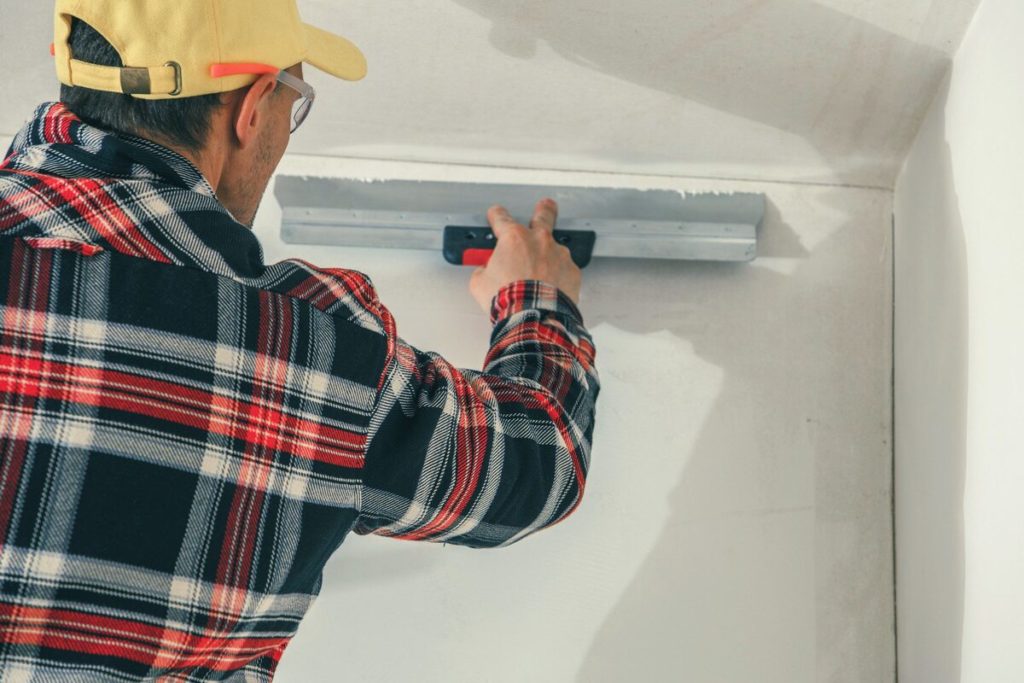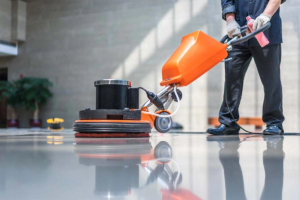
DIY plastering is now increasingly popular among homeowners looking to save lots of money on home renovation projects. With numerous online tutorials and easily obtainable materials, many people feel empowered to tackle plastering on their own. However, while DIY plastering may seem such as for instance a cost-effective solution, it comes with its own pair of challenges and risks. Achieving a specialist finish requires skill, experience, and the best tools. For those without prior experience, the procedure could be time-consuming and cause subpar results. Understanding the professionals and cons of DIY plastering can help homeowners make the best decision about whether to undertake this job themselves or hire a professional. One of the primary advantages of DIY plastering may be the potential cost savings. Hiring an expert plasterer could be expensive, specifically for large projects. By carrying it out yourself, you can significantly reduce labor costs. Additionally, DIY plastering enables greater flexibility in scheduling. You are able to just work at your own pace and make progress as time permits. For many who enjoy hands-on projects and have a knack for do it yourself, DIY plastering can be quite a rewarding experience. If you are looking for more information on plastering cheltenham, check out the previously mentioned website.
However, it’s important to weigh these benefits against the potential downsides. Regardless of the allure of cost savings, DIY plastering includes significant risks. Plastering is a talented trade that will require a steady hand, precision, and understanding of materials and techniques. Without proper training, achieving an easy, even finish could be challenging. Mistakes in plastering can lead to visible imperfections, which might require additional time and money to fix. Moreover, DIY plastering could be physically demanding and messy, requiring extensive preparation and cleanup. For anyone minus the necessary skills and patience, the procedure can quickly become frustrating and overwhelming. Professional plasterers bring expertise and efficiency to the job that’s hard to complement with DIY plastering. They’ve the training and experience to handle many different plastering tasks, from simple repairs to complex decorative finishes. Professionals also provide access to high-quality materials and specialized tools that will ensure an exceptional result. By hiring a specialist, you may be confident that the job will undoubtedly be done correctly and in just a reasonable timeframe. While it may be more expensive, the reassurance and quality of work provided by a professional plasterer can be well worth the investment.
In some instances, DIY plastering may be ideal for small projects or minor repairs. Simple tasks such as for example patching a tiny hole or applying a skim coat may be manageable for a motivated homeowner with basic skills. There are numerous resources available, including online tutorials and instructional videos, to guide you through these smaller tasks. However, for larger projects or those requiring specialized finishes, hiring a specialist is generally the better option. Understanding your personal limitations and the scope of the project is crucial in deciding whether to attempt DIY plastering or call in an expert. In summary, while DIY plastering could possibly offer cost savings and an expression of accomplishment, it also carries significant risks and challenges. Achieving a professional-quality finish requires skill, experience, and the proper tools—elements that numerous homeowners may lack. For small, simple projects, DIY plastering might be feasible with the right guidance and preparation. However, for larger or more complex tasks, hiring an expert plasterer is usually the wiser choice. Weighing the good qualities and cons carefully will help ensure the very best outcome for your property renovation project. Purchasing professional plastering can ultimately save time, reduce stress, and cause a more polished and durable finish.








